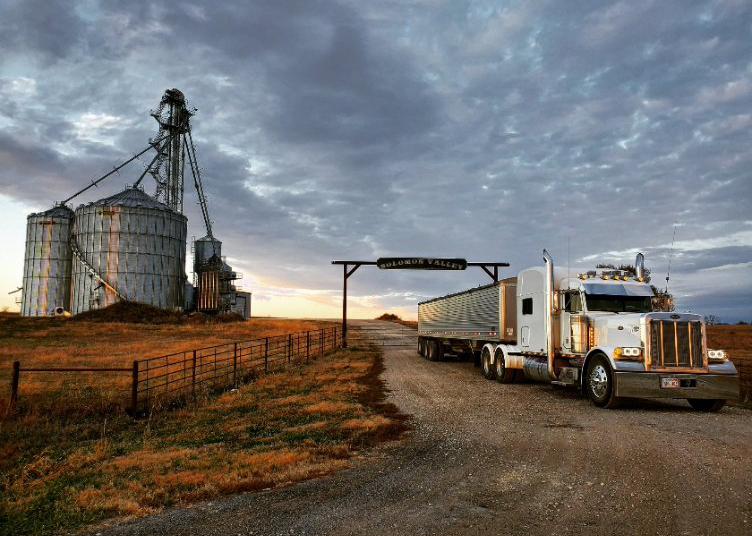Fungicide and yield
May 18, 2021

It's time to talk about fungicide. Tim Mundorf, Director of Soil Management at Central Valley Ag, visited Clay Center, Kansas, to take a look at a wheat field with Stetson Junek. Stetson is a Field Sales Agronomist for CVA based out of Narka, Kansas.
The wheat in the field shown in the video was starting to show a little common rust. "It's coming pretty bad along I-70 and kind of moves its way south," said Junek. "As far as common diseases, we mainly watch for stripe and common rust."
"We are certainly getting to the stage where it makes sense for growers to get some fungicide on," said Mundorf. "Whether it's in wheat, corn, or soybeans. All of them respond well to fungicides to help increase yield potential and, of course protecting yield by getting rid of disease pressure."
Stetson and Tim both discussed how it's advantageous to be proactive before getting a lot of disease pressure. Especially in the current year of higher commodity prices.
You're reducing stress for the plant by being proactive, and it will result in a higher yield," commented Junek.
Fungicide doesn't just benefit crops during the growing season; you can reap the rewards during harvest as well. If we fungicide our soybeans, we can help prevent pod shatter and have the best harvestability when the time comes.
Whether it's insects, storms, or any other kind of damage that could lead to plant lodging, if you can get a fungicide on the crop to help strengthen it, sometimes you can keep that plant up. Keep it green a bit longer.
Stetson and Tim continue their conversation about fungicide and yield on Season 3, Episode 3 of the SOIL TALK podcast. Listen below or search SOIL TALK on your favorite podcast App.
Podcast: https://soundcloud.com/central-valley-ag/soil-talk-fungicide-and-yield?in=central-valley-ag/sets/soil-talk&utm_source=clipboard&utm_medium=text&utm_campaign=social_sharing